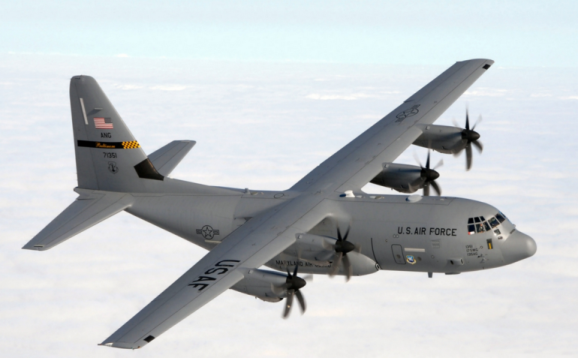Airplane Downlink
Fixed wing aircrafts have become an increasingly crucial element of law enforcement and defense operations across the globe. Where helicopters and unmanned aerial vehicles (UAV) fail, fixed wing aircrafts can fill the gap, providing access to the information necessary to make informed decisions in the field. One component that increases the effectiveness of fixed wing aircrafts is the use of airplane downlinks. These downlinks allow planes to establish a telecommunications link for transmitting video and data to ground personnel.

Fixed wing aircrafts assist law enforcement agencies in surveillance missions due to their nature to locate people and vehicles at higher altitudes. By streaming video and data links to mission control sites in real time, airplane downlinks help law enforcement agencies quickly and effectively apprehend suspects.
Through the use of a microwave Point-to-Point (PTP) video and data link, fixed wing aircrafts outfitted with downlinks are able to transmit live video and data through a reliable and secure connection. Able to cover longer distances and carry more equipment and personnel, fixed wing aircrafts are more suited to assist law enforcement in statewide pursuits at a lower cost than deploying multiple helicopters or manned and unmanned small aerial vehicles.
In addition to assisting law enforcement, airplane downlinks have become a mainstay in a variety of military applications. With the ability to outfit both manned and unmanned fixed wing aircrafts with video downlinks, military operators are able to remotely pilot fixed wing aircrafts into active war zones without risking lives. Airplane downlinks can also be used to safely assess enemy positions and potential defenses before a bomb drop. Fixed wing aircraft downlinks are working to revolutionize the way the law enforcement and defense industries study, apprehend, and subdue suspects and enemy combatants.